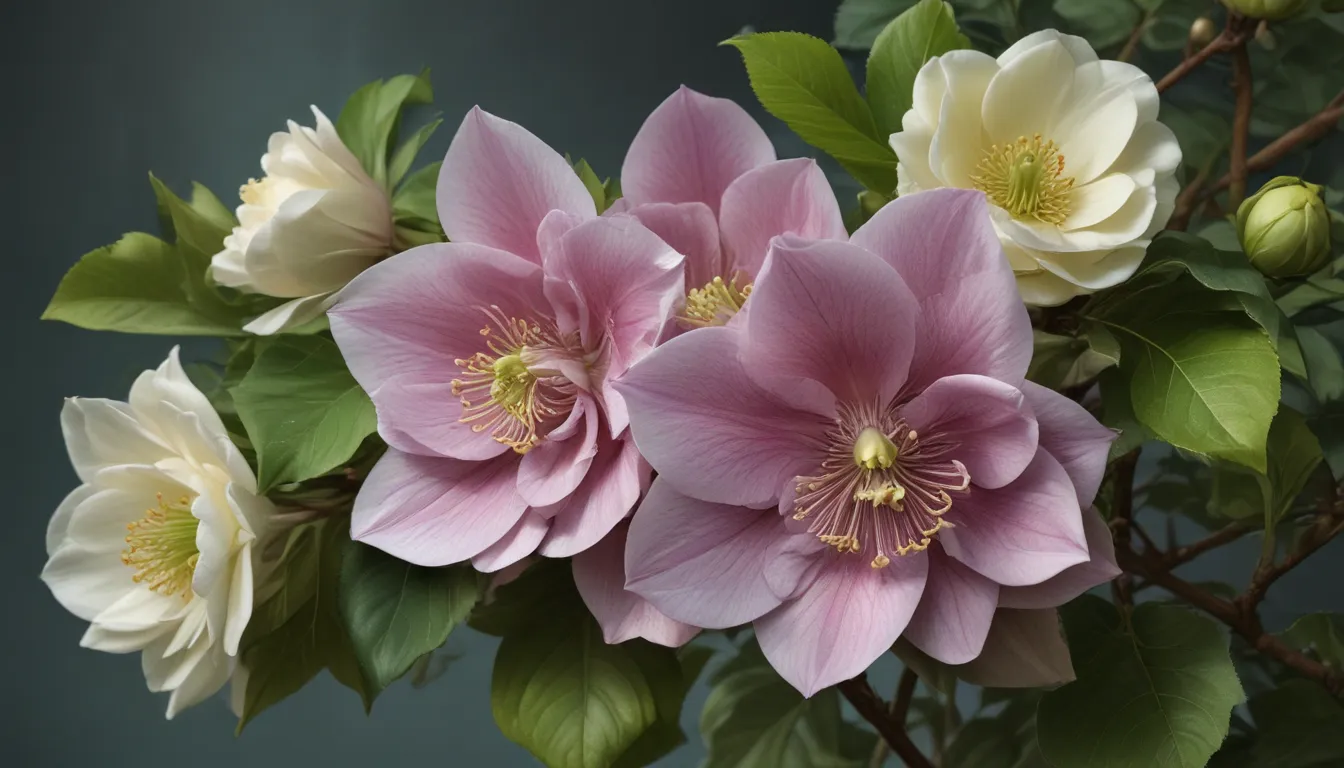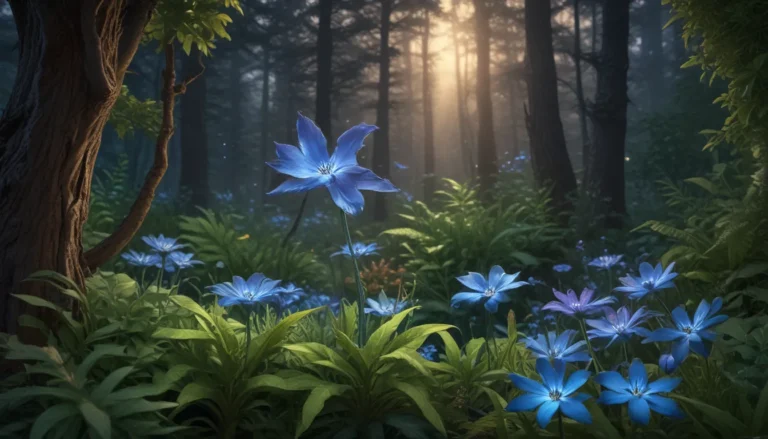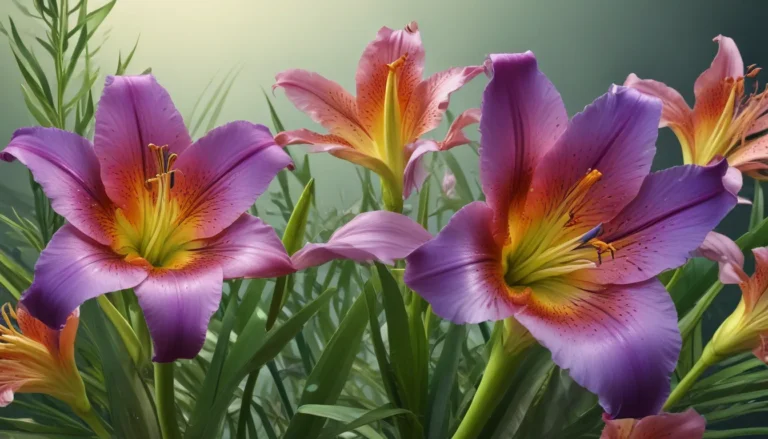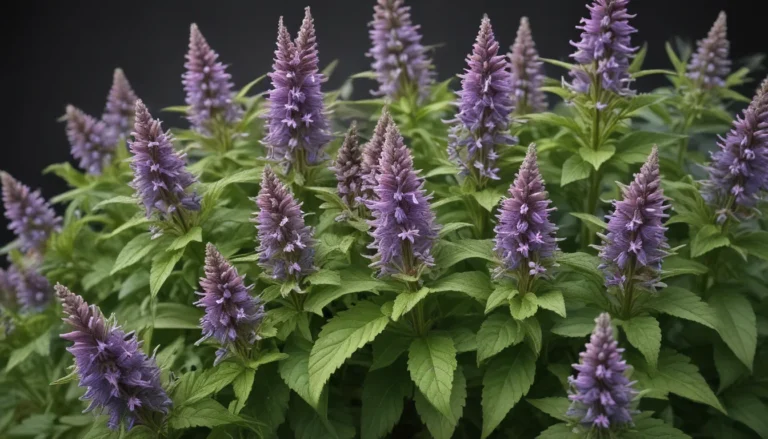The pictures we use in our articles might not show exactly what the words say. We choose these pictures to make you interested in reading more. The pictures work together with the words but don’t take their place. The words still tell you the important facts.
Hellebore, also known as the Christmas Rose or Lenten Rose, is a captivating and enchanting flower that holds a unique place in the plant kingdom. With its delicate blooms and evergreen foliage, hellebore has been cherished for centuries for its beauty and intriguing characteristics. In this article, we will delve into 18 fascinating facts about hellebore, uncovering the secrets and wonders of this extraordinary plant. From its interesting history to its incredible resilience, hellebore never fails to amaze and captivate garden enthusiasts and botany lovers alike.
Decoding the Mysteries of Hellebore
Hellebore is a member of the buttercup family, sharing its botanical lineage with anemones, peonies, and buttercups. Native to Europe and Western Asia, hellebore thrives in regions like the Mediterranean and the Balkan Peninsula. The Greek origins of its name, derived from the word "elein" meaning "to injure" or "to harm," reflect its historical use as a powerful medicinal herb.
A Plant with a Storied Past
For centuries, hellebore has been used in traditional medicine to treat various ailments, showcasing its diverse medicinal properties. Hellebore flowers typically nod, creating an enchanting display when they bloom in late winter or early spring. With over 20 recognized species, hellebore offers a wide range of colors and forms, from white and pink to maroon and black.
Embracing Resilience and Beauty
Hellebore is a winter-blooming plant, defying the cold to bring color and cheer to the garden when most plants remain dormant. Thriving in shade or partial shade, hellebore's unique foliage, deeply lobed and glossy, adds texture and interest even when not in bloom. Although toxic if ingested, hellebore is a long-lasting plant with resilient flowers that stay in bloom for several weeks or months.
Creating Delightful Arrangements
Hellebore's early blooming nature and delicate beauty make it a popular choice for winter weddings, featuring in bridal bouquets and centerpieces. While its seeds have a low germination rate, hellebore is a magnet for pollinators, attracting bees and butterflies to the garden. Deer-resistant and inspiring many hybrid varieties, hellebore continues to captivate enthusiasts and breeders.
Inviting Hellebore into Your Garden
In conclusion, hellebore is a truly fascinating plant with a rich history and unique characteristics. From its early use as a medicinal herb to its beautiful and diverse blooms, hellebore continues to captivate plant enthusiasts and gardeners alike. Whether you’re drawn to its winter flowering period, its ability to thrive in shade, or its wide range of colors and forms, hellebore is sure to add beauty and charm to any garden or landscape. So why not consider adding this enchanting perennial to your plant collection? You’ll be rewarded with its resilience, elegance, and the joy it brings year after year.
FAQs
Q: Are Hellebores toxic?
A: Yes, Hellebores can be toxic if ingested, so it’s important to keep them out of reach of children and pets.
Q: Do Hellebores require a lot of sunlight?
A: Hellebores are known for their ability to thrive in shade and are often grown in woodland gardens or under trees. While they can tolerate some sunlight, they generally prefer partial shade to full shade conditions.
Q: How do I care for Hellebores in the winter?
A: Hellebores are extremely hardy plants and can withstand cold temperatures. However, in regions with severe winters, it’s a good idea to provide some protection by covering the plants with a layer of mulch or dry leaves to insulate the roots.
Q: Can I grow Hellebores in containers?
A: Yes, Hellebores can be grown in containers, making them a great choice for gardens with limited space or for those who enjoy container gardening. Just make sure the container has good drainage and use a well-draining potting mix.
Q: How do I propagate Hellebores?
A: Hellebores can be propagated through division or by growing them from seeds. Division is typically done in early spring when the plants are still dormant, while growing from seeds requires patience as it can take several years for the plants to reach maturity.
Hellebore's alluring qualities have likely sparked your curiosity, leading you on a journey to uncover more about this captivating plant. Delve deeper into its world to discover even more intriguing facts waiting to be explored. From its ancient medicinal uses to the stunning varieties that grace gardens today, hellebore continues to fascinate plant enthusiasts and nature lovers alike. Embrace the charm of the Christmas Rose and let it enrich your garden with its beauty and resilience.






